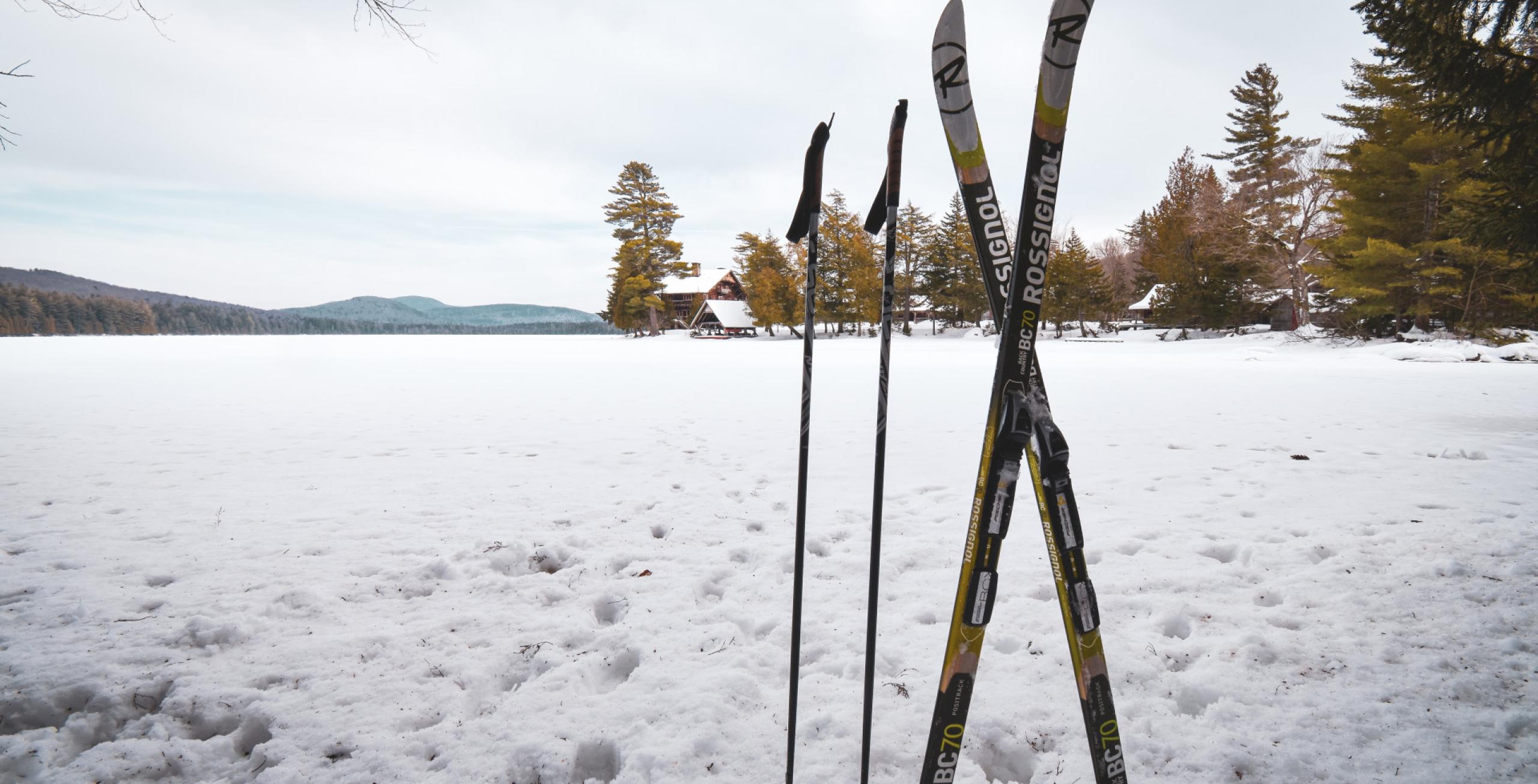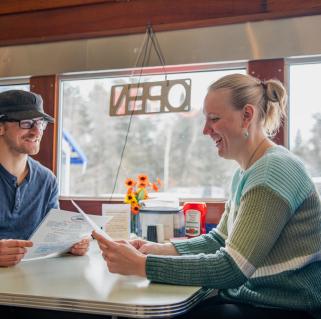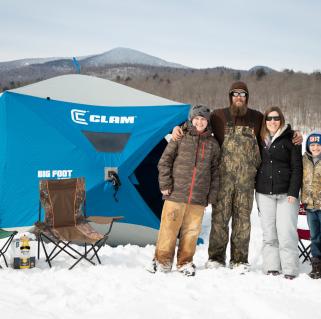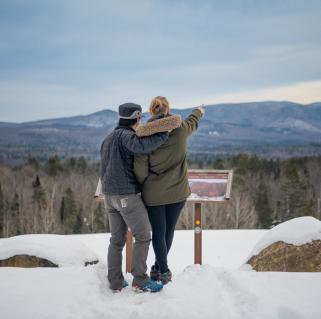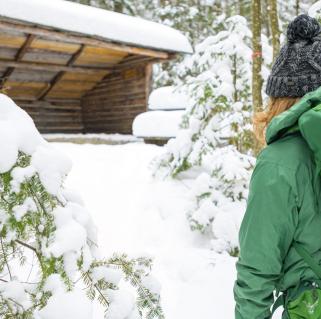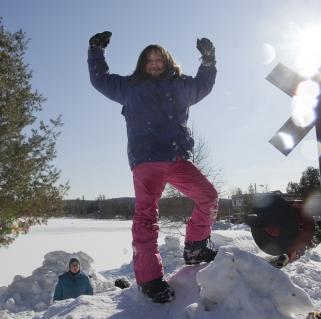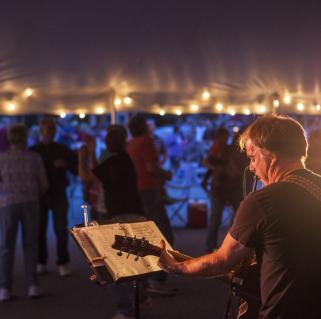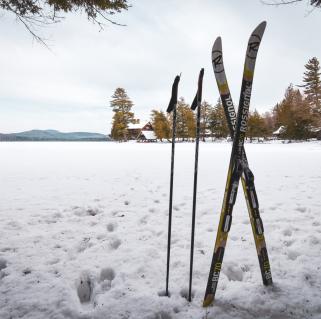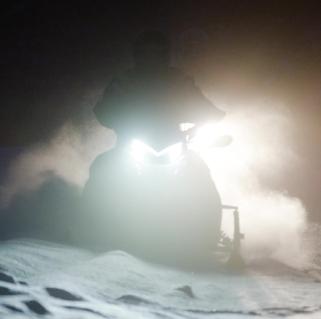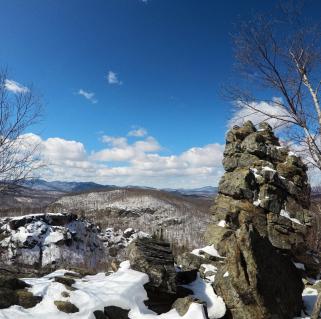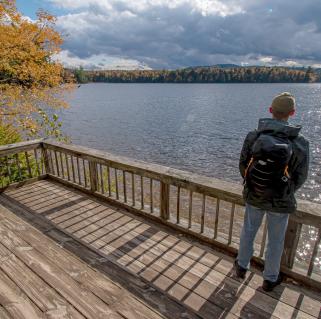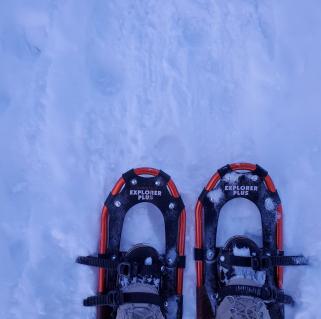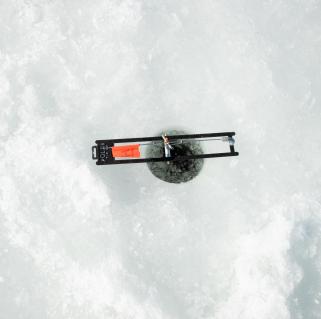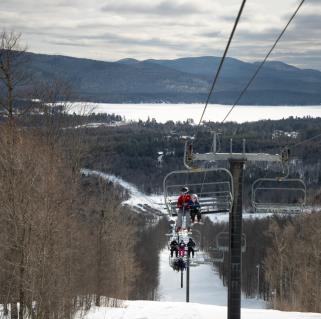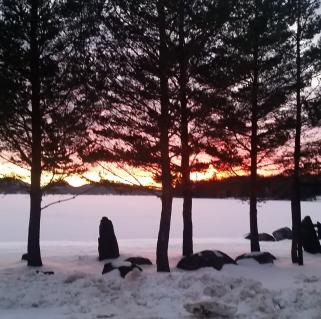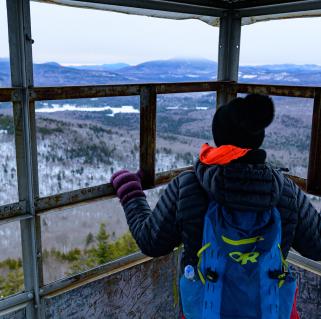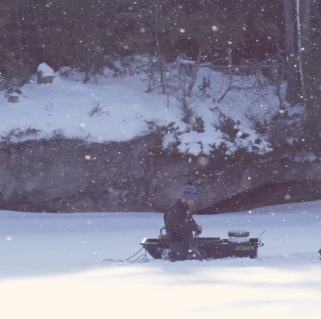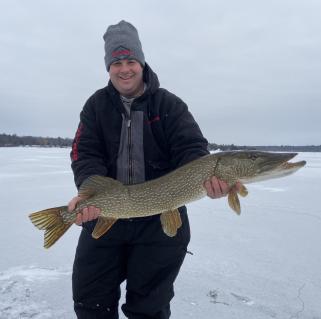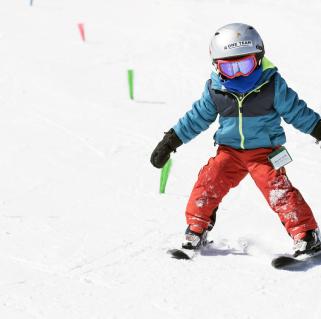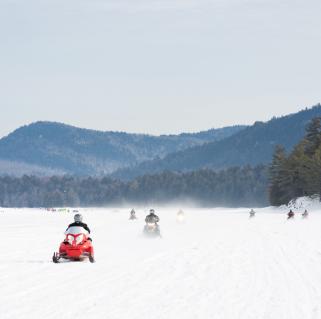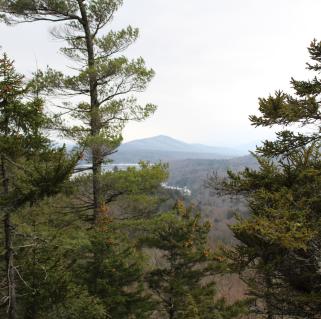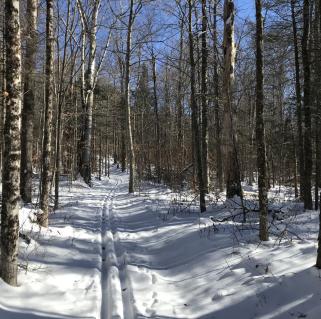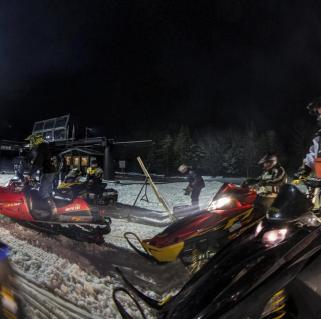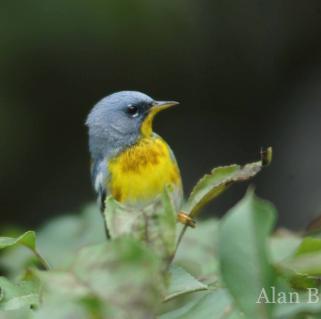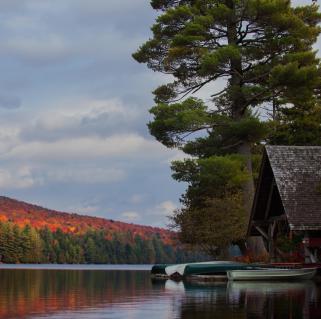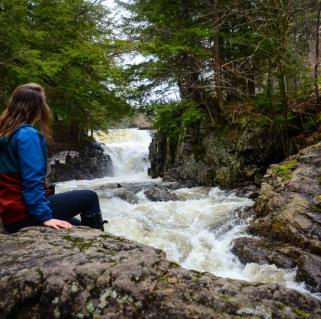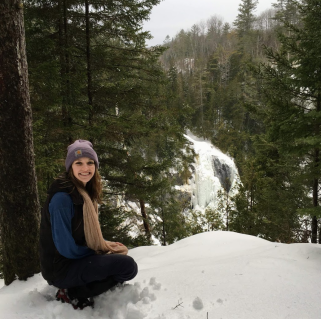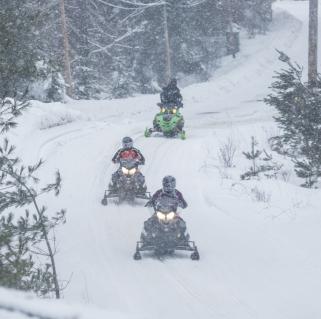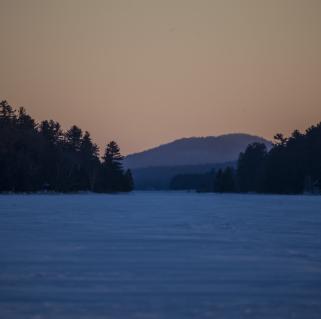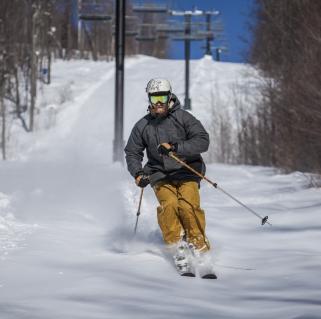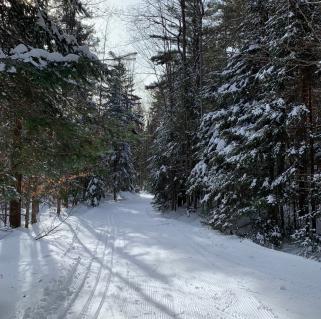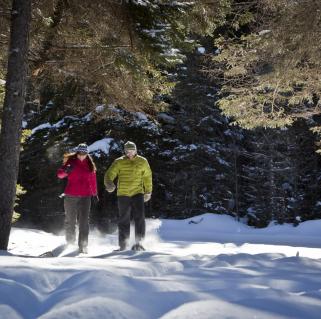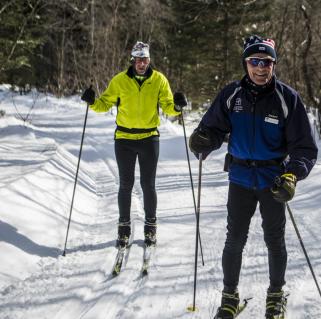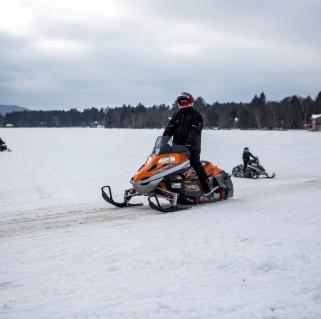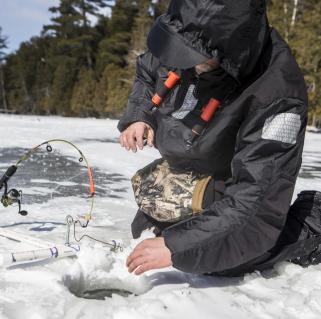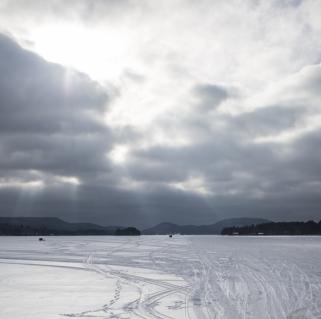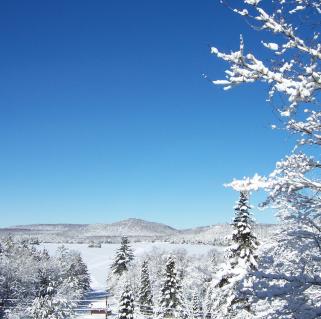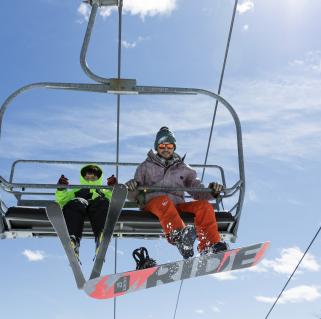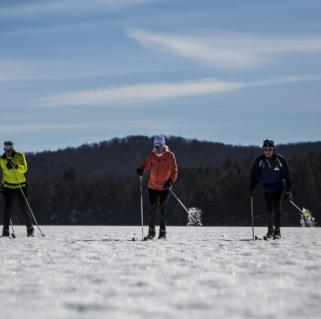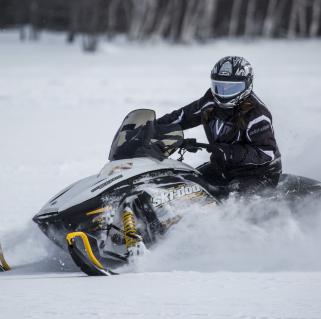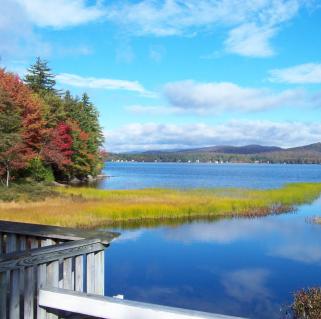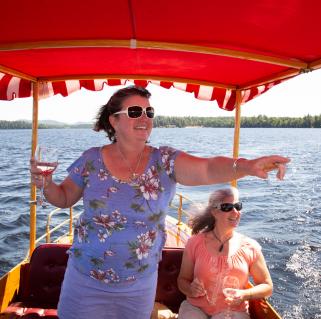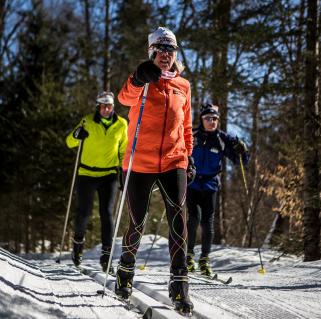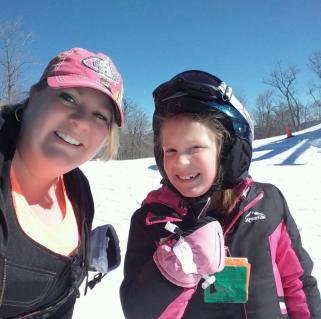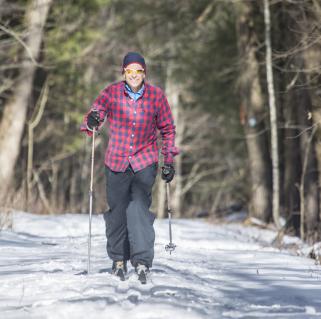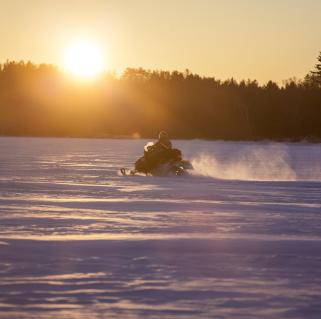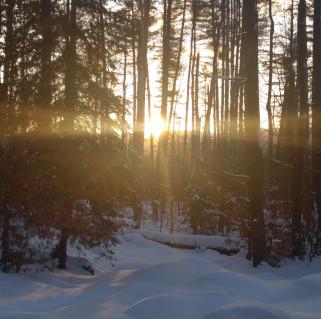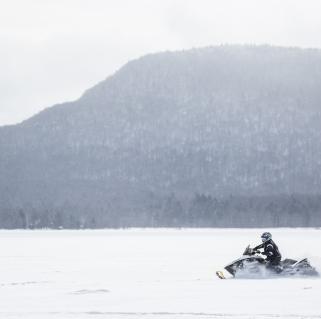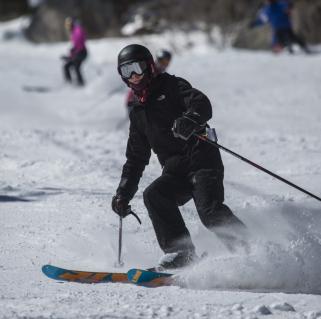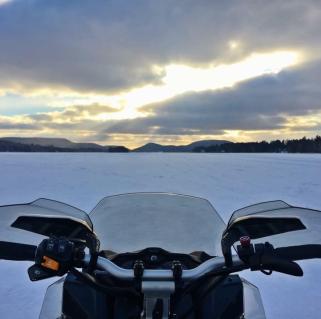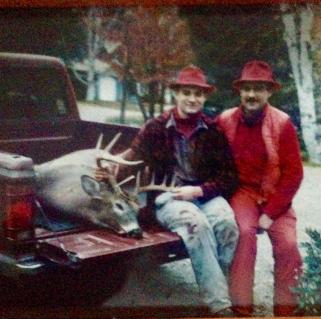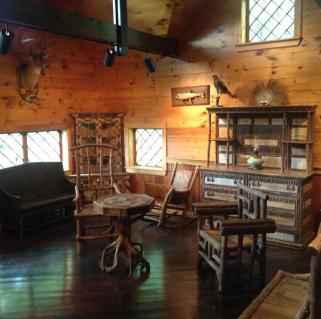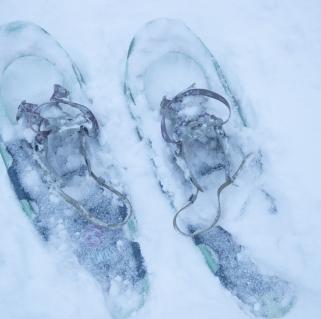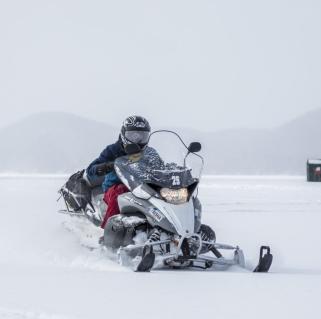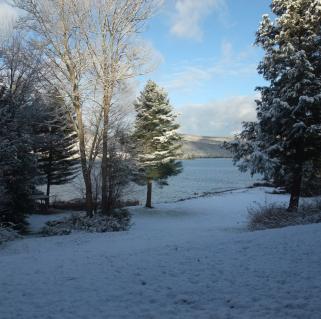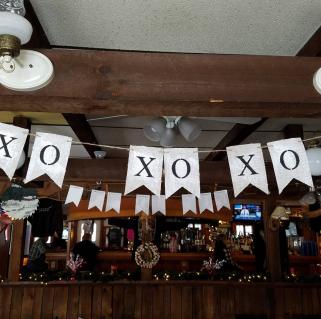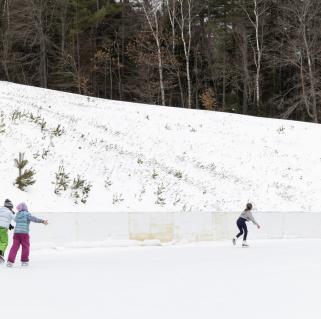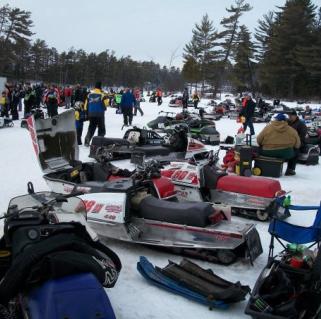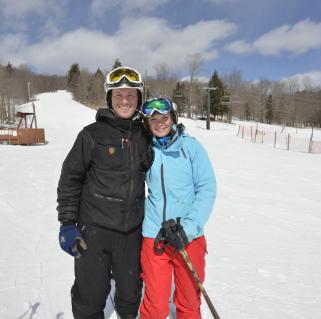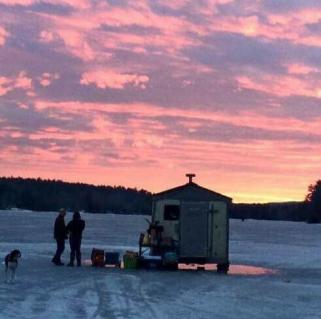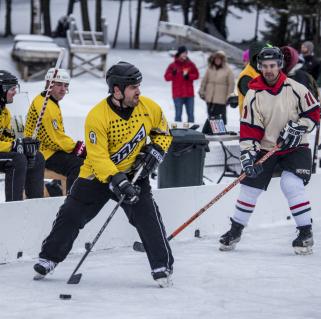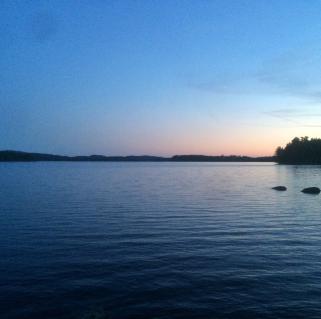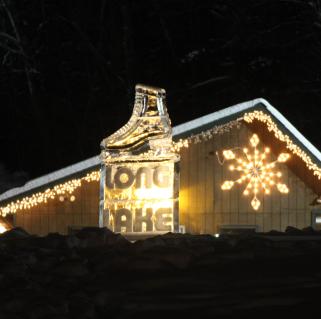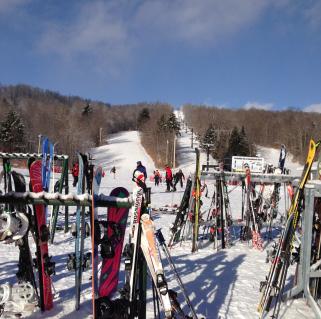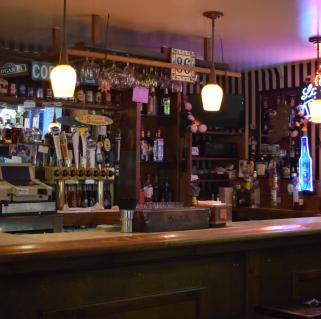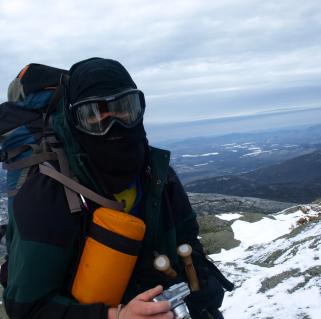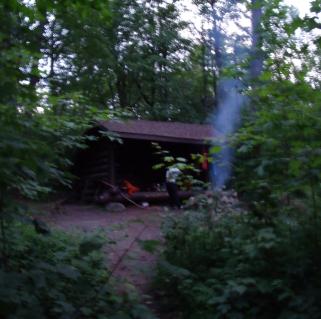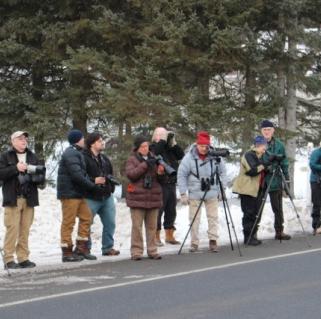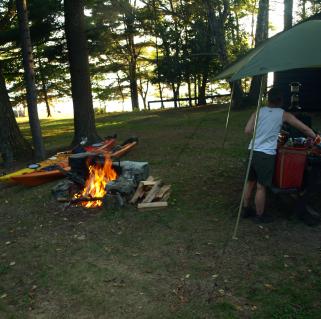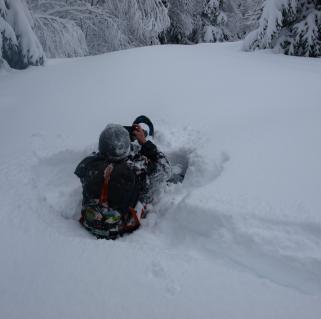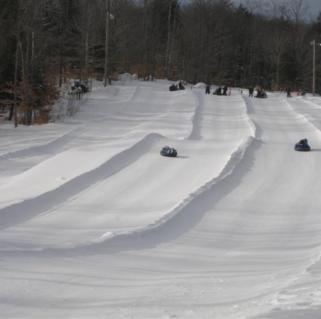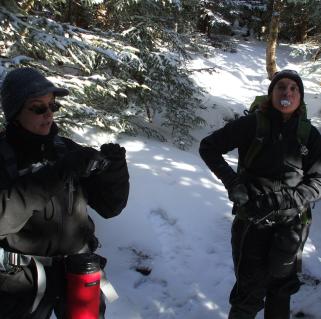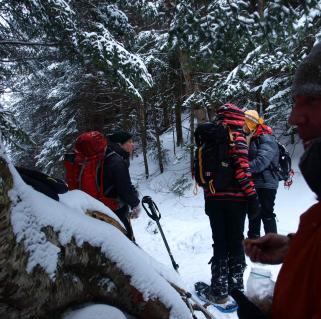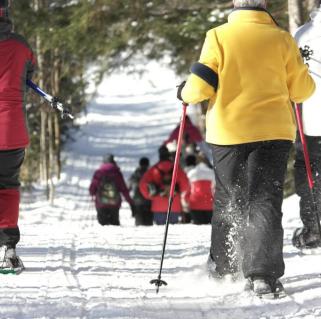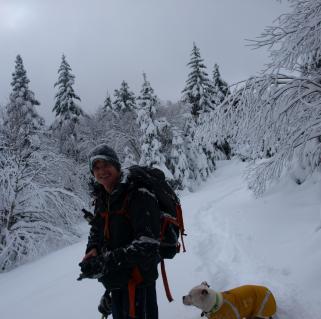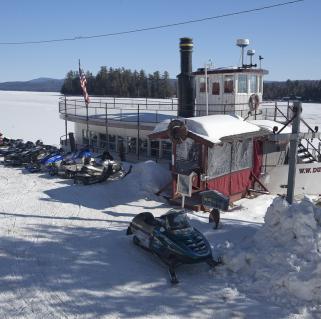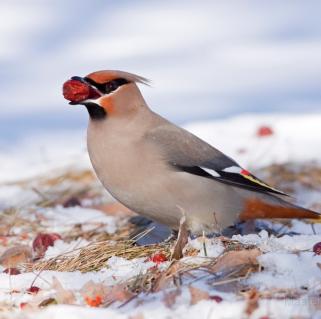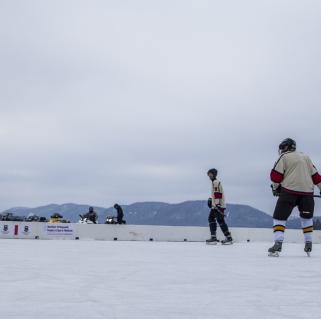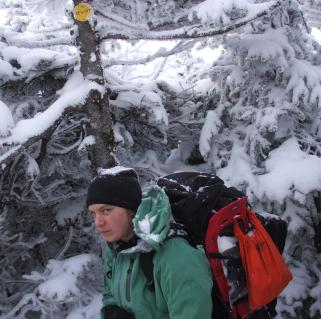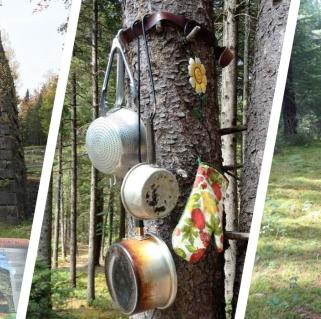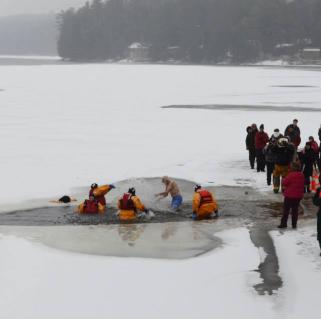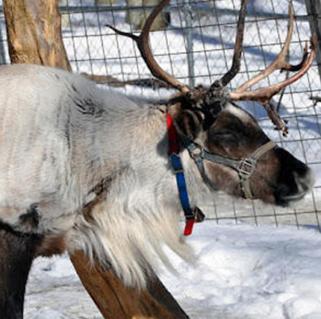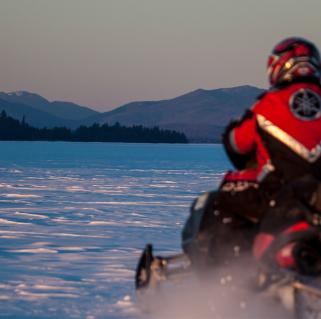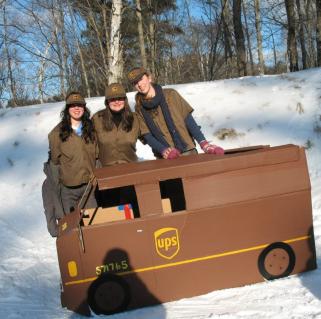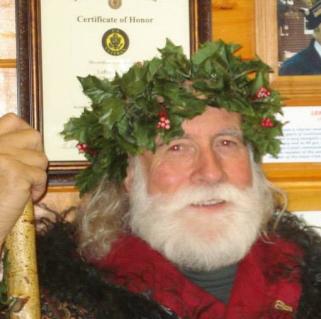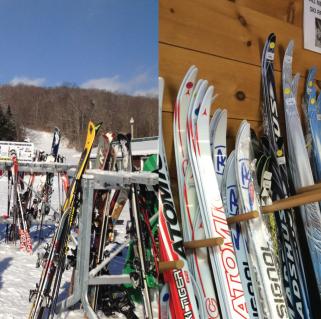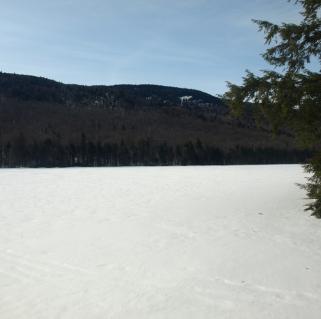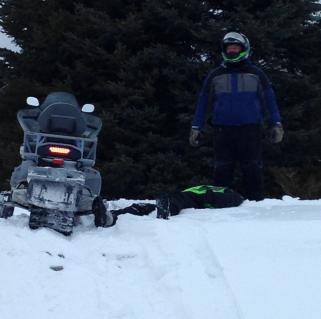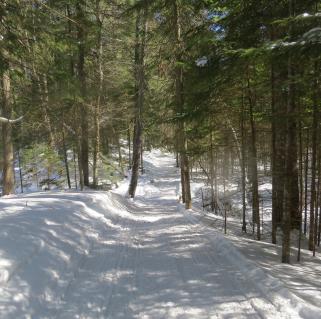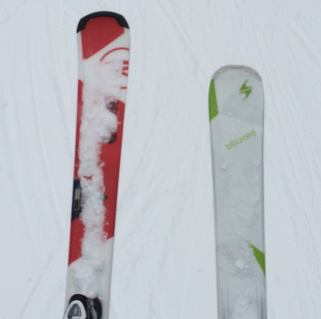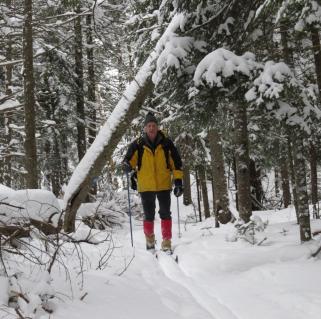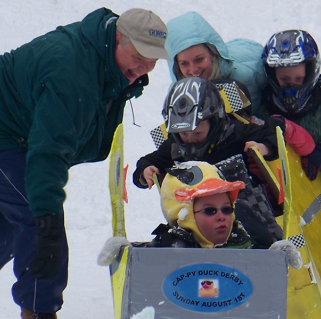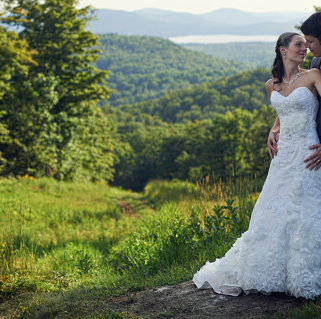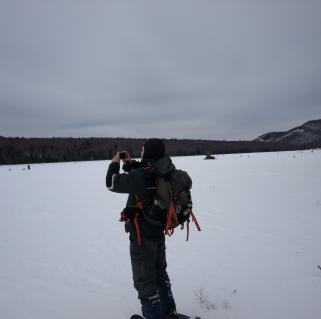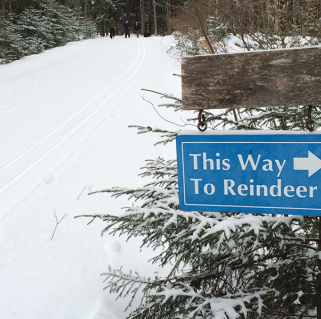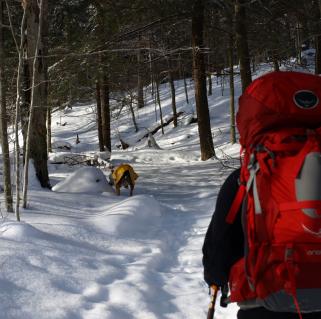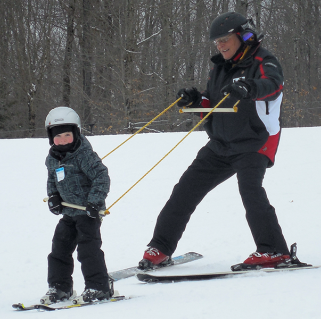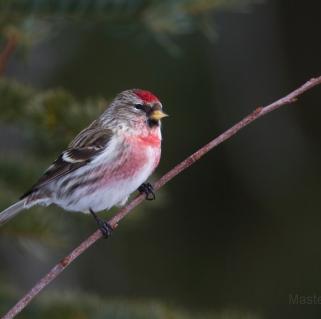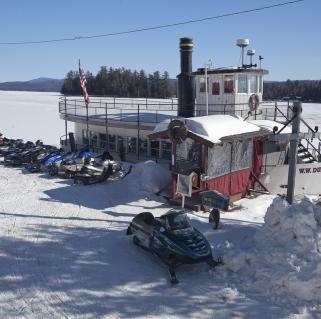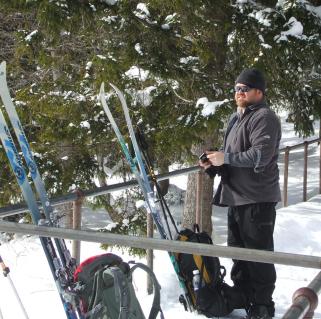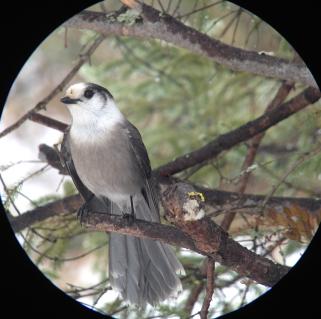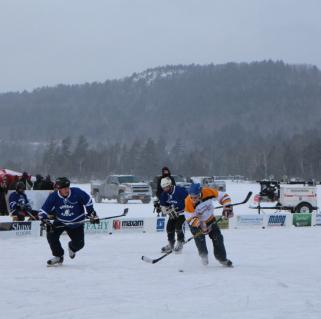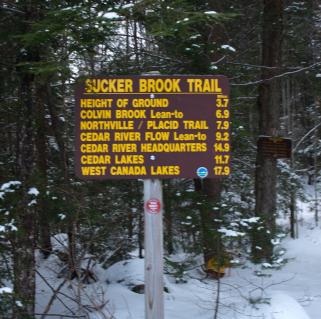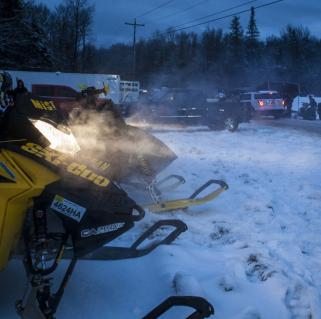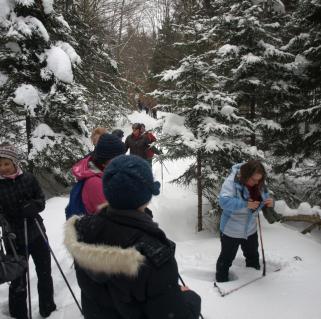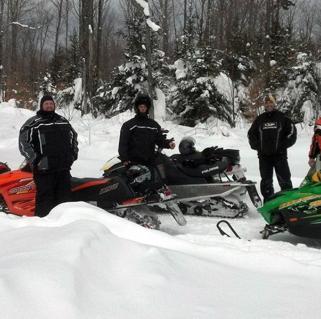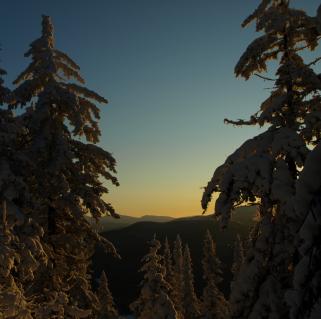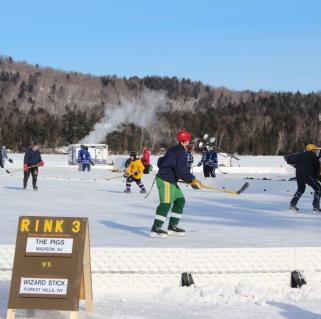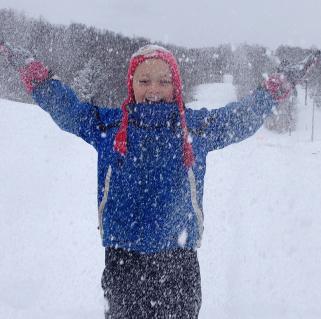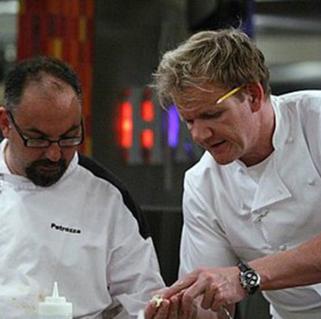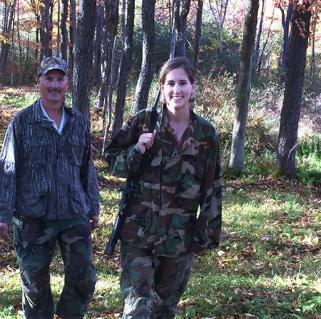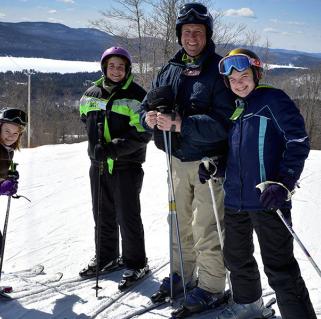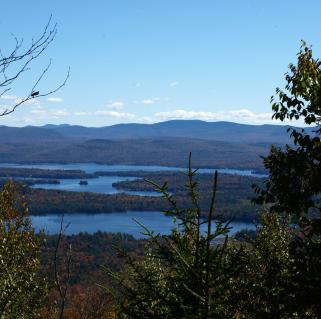I’ve been traveling to Great Camp Sagamore for over ten years now. Each time, I fall more in love with the architecture and surrounding landscape. But, truth be told, my visits have been limited to warmer months and I haven’t ventured too far beyond the buildings. That was all about to change, though! In the winter of 2020 I decided I was going to ski around Sagamore Lake using the camp as my start and end point.
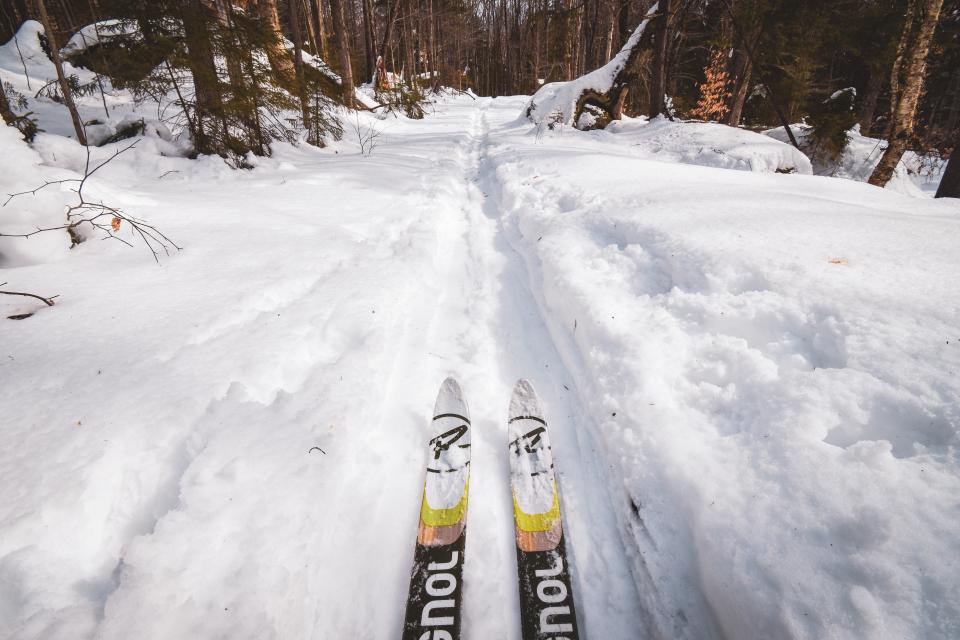
But first, a little history
The trail around Sagamore Lake is an old logging/carriage road. There are many old paths like this in the Adirondacks. In fact, the trail around Sagamore Lake is not the only one in the area. Following the Sagamore Lake trail, you might notice other old logging roads intersecting the path. One, around the halfway point of the loop, used to lead all the way to Indian Lake, but today it gets lost in a sea of trees. These signs of human influence on the area tell an important part of the story here.
Great Camp Sagamore was built by the father of the Gilded Age, William West Durant, in the late 1800s. Durant sold the camp to Alfred Vanderbilt (yes, the Vanderbilts of railroad fame) in 1901 and for half a century, Great Camp Sagamore was a wilderness retreat for the wealthy family. Today, it remains a great place to find solitude and the perfect location to learn about the people who used to call this corner of the Adirondacks their home away from home.
There is no question that this area is steeped in history. One blog certainly cannot cover it all, especially a blog whose focus is on cross-country skiing. Back to the story at hand!
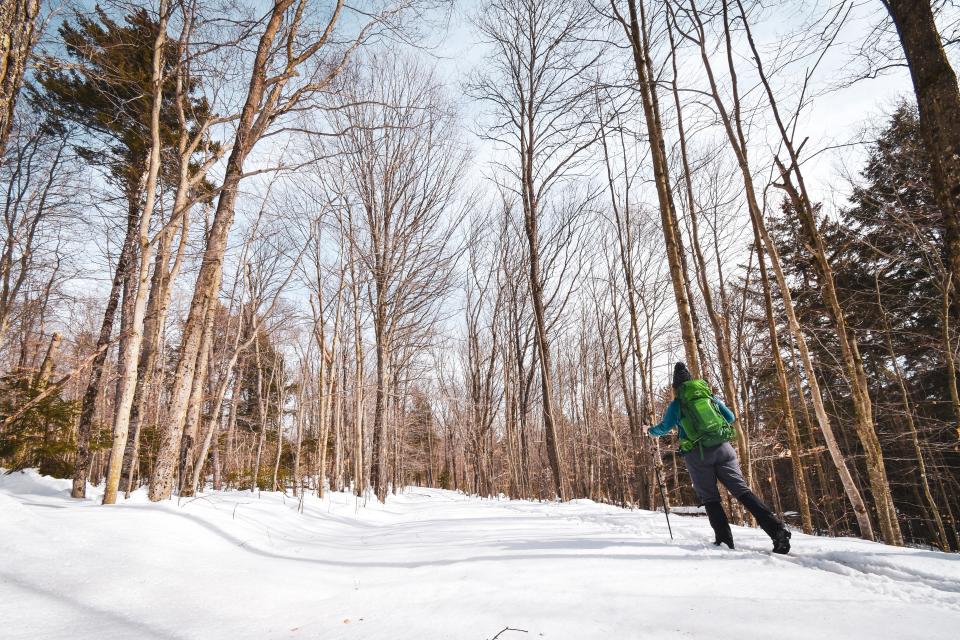
Time to ski
From the 4-corners in Raquette Lake, I turned onto Sagamore Road and began the 3.8-mile drive back to the camp. Coincidentally, that is about how long the trail around the lake is. We’ll call it kismet.
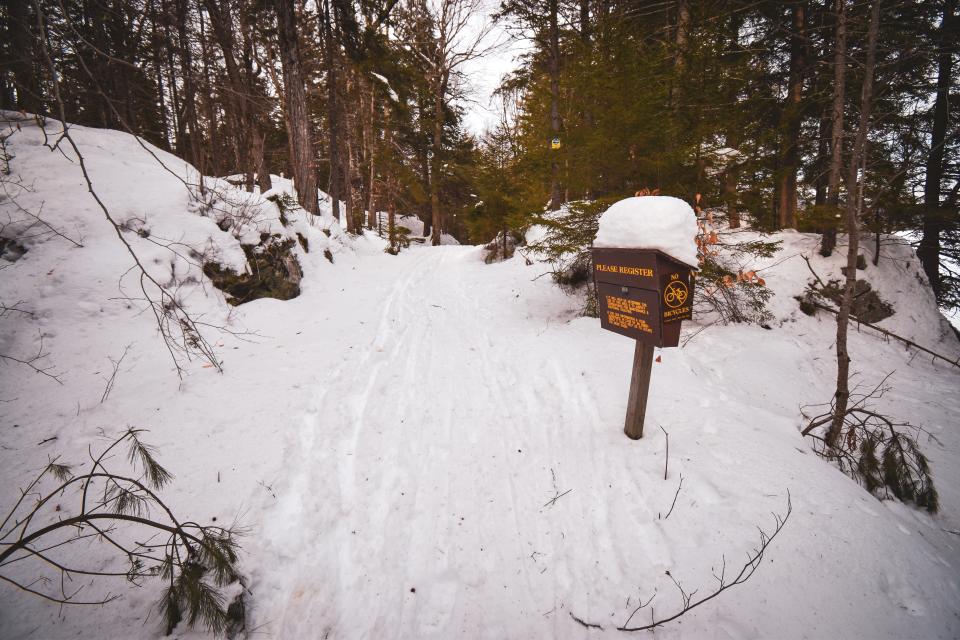
Parking my car at a fork in the road near a bridge over South Inlet, I chose a clockwise loop for my trip. I followed an unplowed road that in summer leads guests of the Great Camp to their parking lot. In winter, it makes for a nice, quick ski to the trail register, which is located right near the shore of beautiful Sagamore Lake. At 166-acres, Sagamore Lake is the largest body of water in the Blue Ridge Wilderness. There are no motors of any kind allowed in this area, which makes for a really pleasant ski away from the noise. The terrain presents no challenging obstacles immediately, so, as I ski on, my thoughts veer toward memory lane. I’m reminded of a friend telling me a story a few summers ago. He had noticed a tall white pine standing above all the other trees on the opposite shore of the lake and set out one day to find it. I wondered if I’d pass under this tree during my travels today.
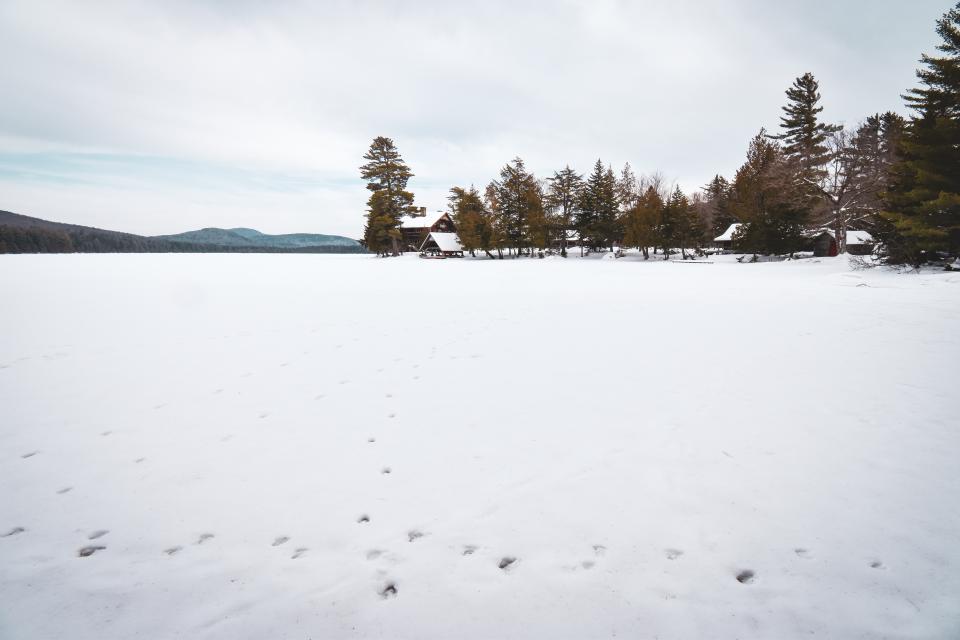
A few minutes skiing leads to a small overlook with great views across the lake. On a clear day, you can see all the way to Wakely Mountain, which sits just outside of the Blue Ridge Wilderness. Around 0.5 miles from the trailhead, you’ll reach the marked intersection of the Big Slope trail, which connects to the Powerhouse trail. Both are worthy destinations (again, FULL of interesting history lessons), but today I continued following the red trail markers around the lake.
From here, the trail leaves the lakeside for awhile. Rumor has it that this is a great place to see whitetail deer. Here, they spend their winters quiet in the wilderness. I only caught sight of footprints (and there were a lot of those!), but I kept my eyes peeled for deer and their larger cousin, the moose.
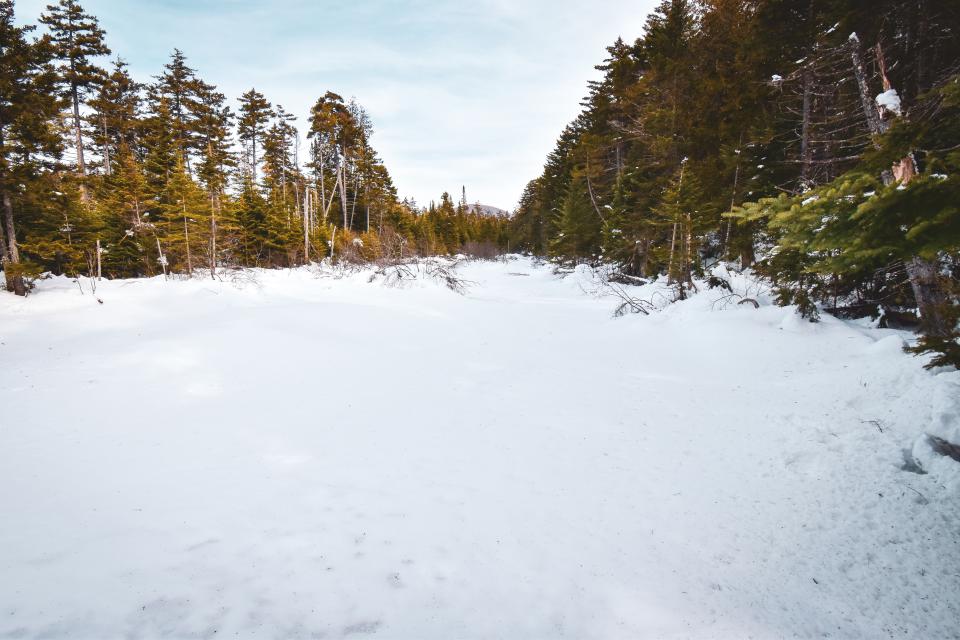
Around 1.5 miles from the register there is an iron cross on the left side of the trail. As the story goes, a tree once fell across the trail here, killing a carriage driver. The Vanderbilt children were passengers in the carriage.
Shortly after this spot, the previously mentioned old logging road from Indian Lake intersects the trail. Stay right here (remember: follow the red trail markers), and at all other old road intersections. Around 2.0 miles, there is a bridge over Lost Brook. To the left, sits the trailless interior of the Blue Ridge Wilderness. Venturing off the trail, you’d find yourself in a very large, untamed spruce-balsam forest. Luckily, our ski trail takes us through a beautiful forest without having to bushwhack. A note for skiers: if you choose to ski this trail in a counterclockwise loop, be cautious heading down toward this bridge. The hill is steeper than any other on the trail and goes around a slight curve descending toward the brook.
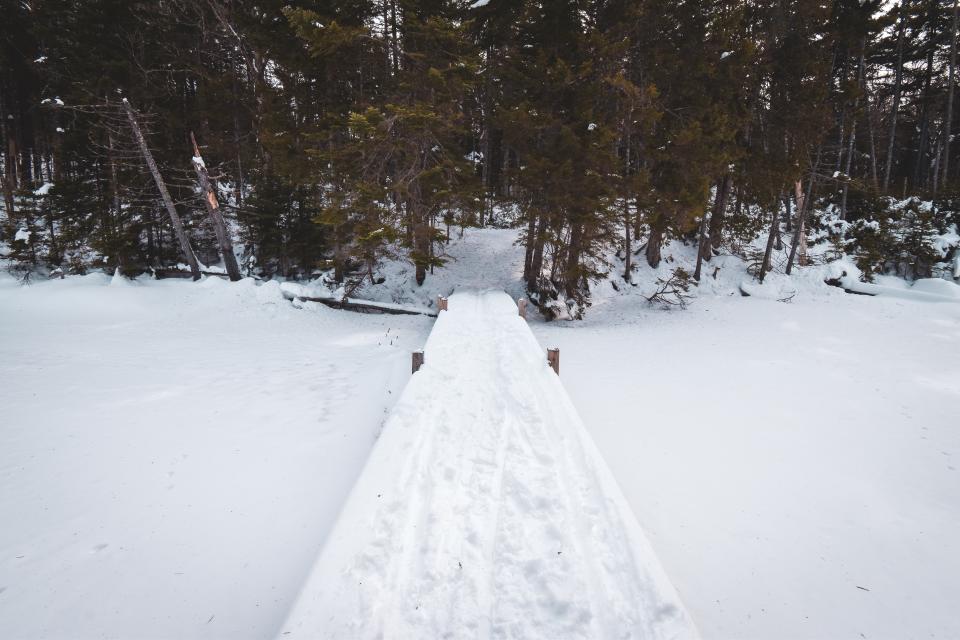
A few other small brook crossings are passed between this larger bridge and the end of the trail, but nothing that should slow you down. The remainder of the trail is largely uneventful but incredibly peaceful. It meanders along the lakeshore, sometimes with the lake in view, sometimes not. Soon, the sights of the Great Camp come back into view through the trees. Take a side trip down to the water for unobstructed views.
When you see a shed and open clearing, you’ve reached Great Camp Sagamore property again. Follow the sign that reads “Lake Trail Exit” and points back into the woods. In a few minutes, the trail drops you off on the road at a three-way intersection. From here, take the road on the right (the only one without a gate); it’s a quick trip back to the start. I chose to take my skis off and hoof it, and within 0.3 miles, I was back at my car.
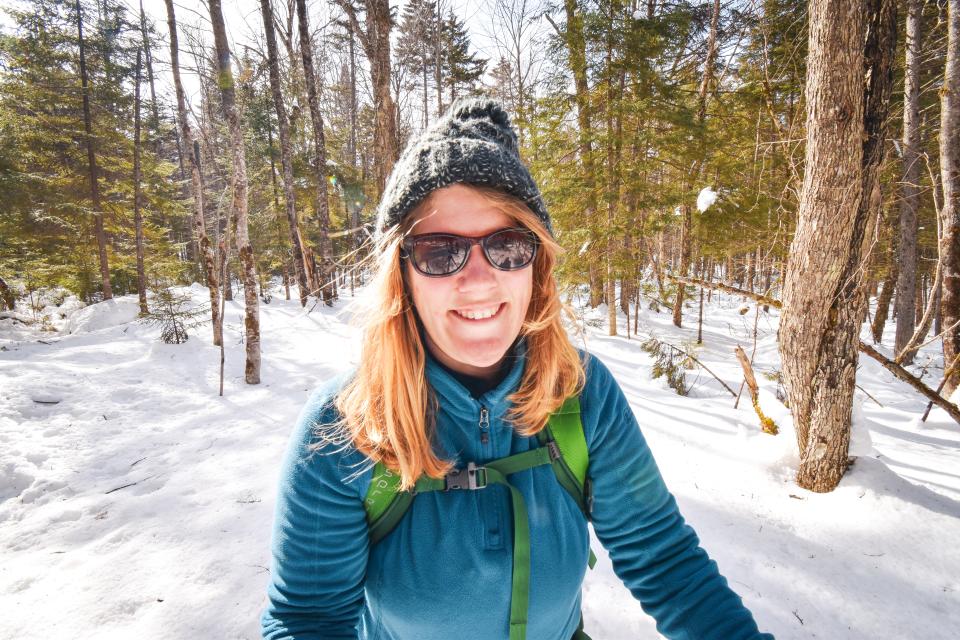
Après-ski
Alas, all good ski trips must come to an end. After signing out at the register, I packed my gear back into my car and returned down the road I came in on. Not surprisingly, I worked up an appetite, so when I got to the end of Sagamore Road, I stayed straight to head into Raquette Lake, where I knew the Tap Room would offer me a burger and beer (and the best french fries around). Truly, all’s well that ends better.

